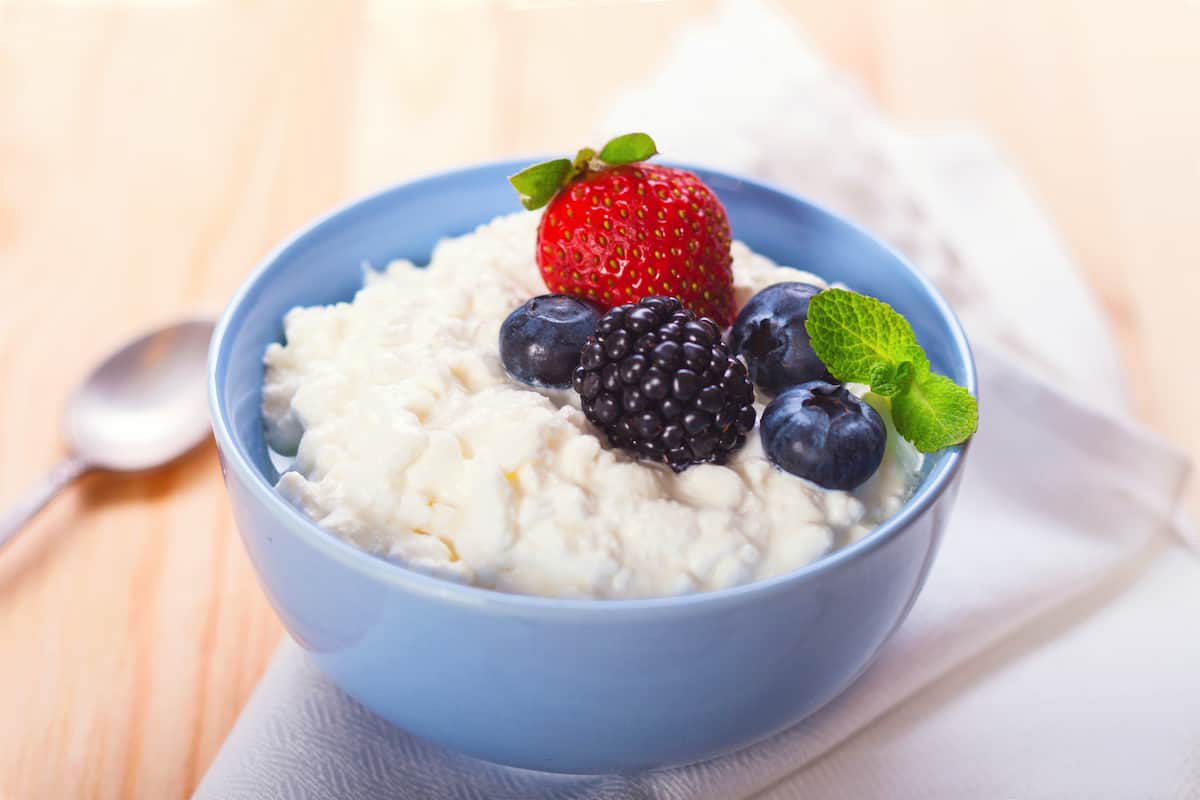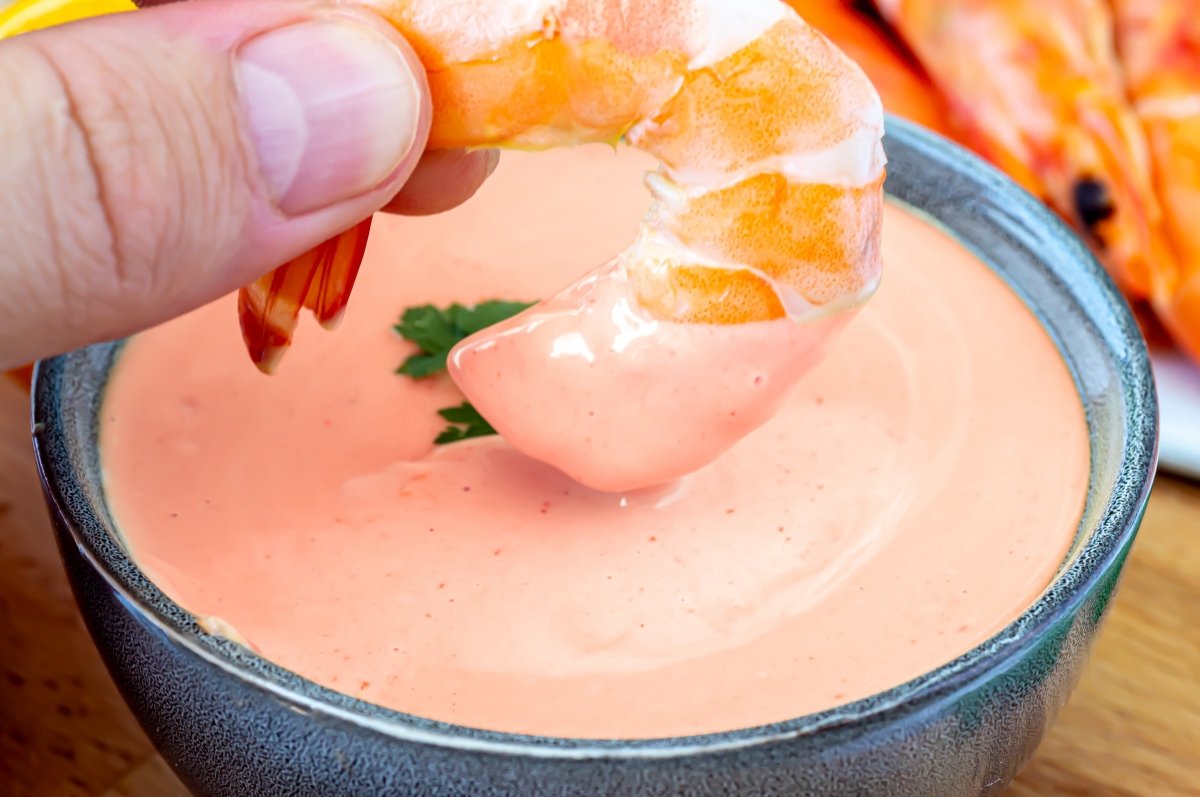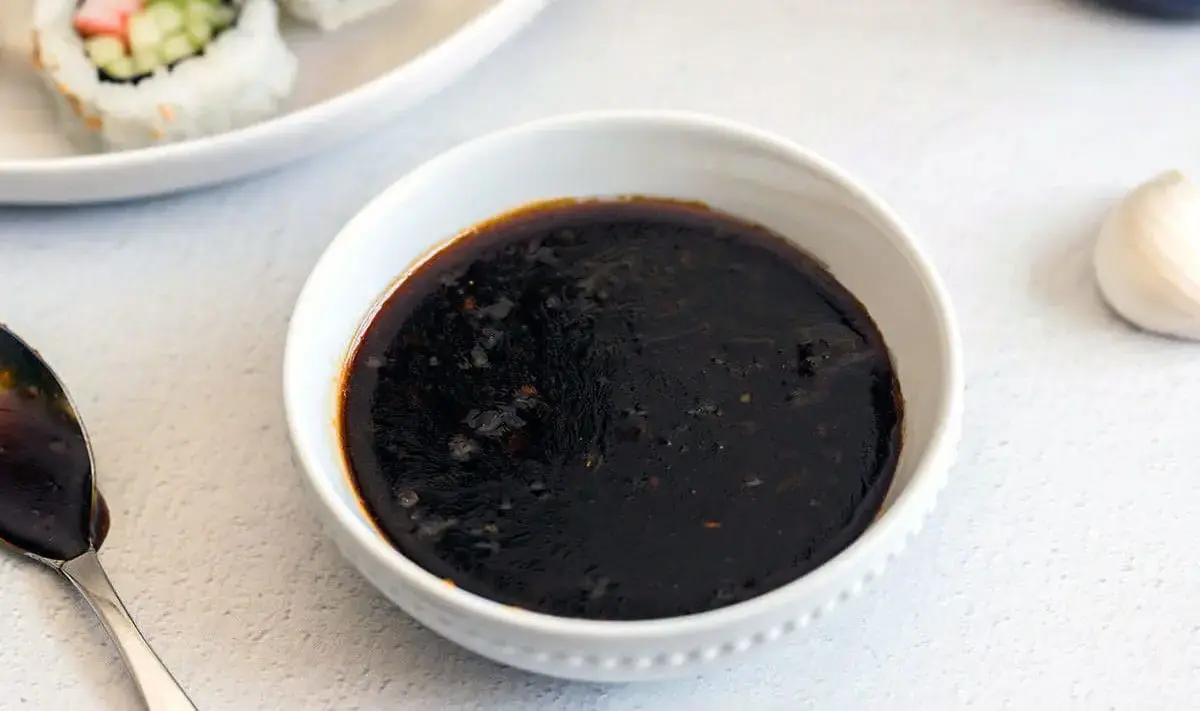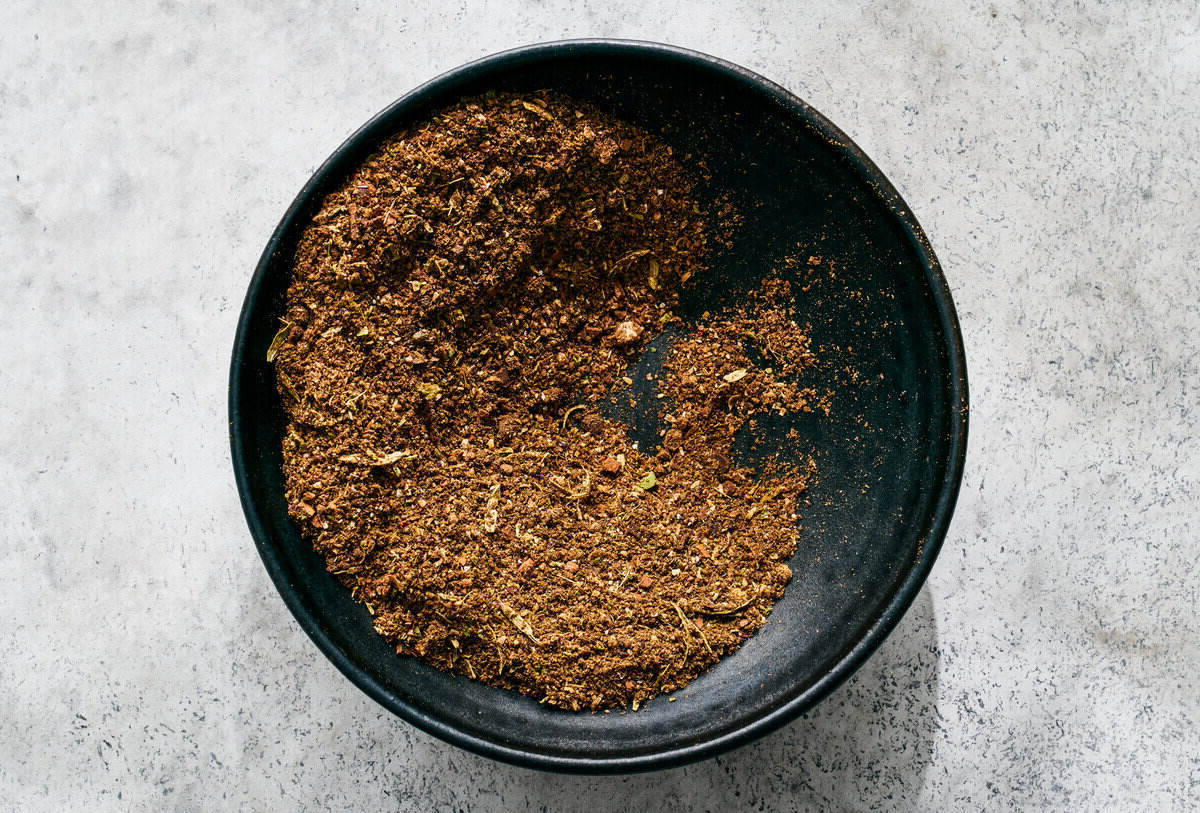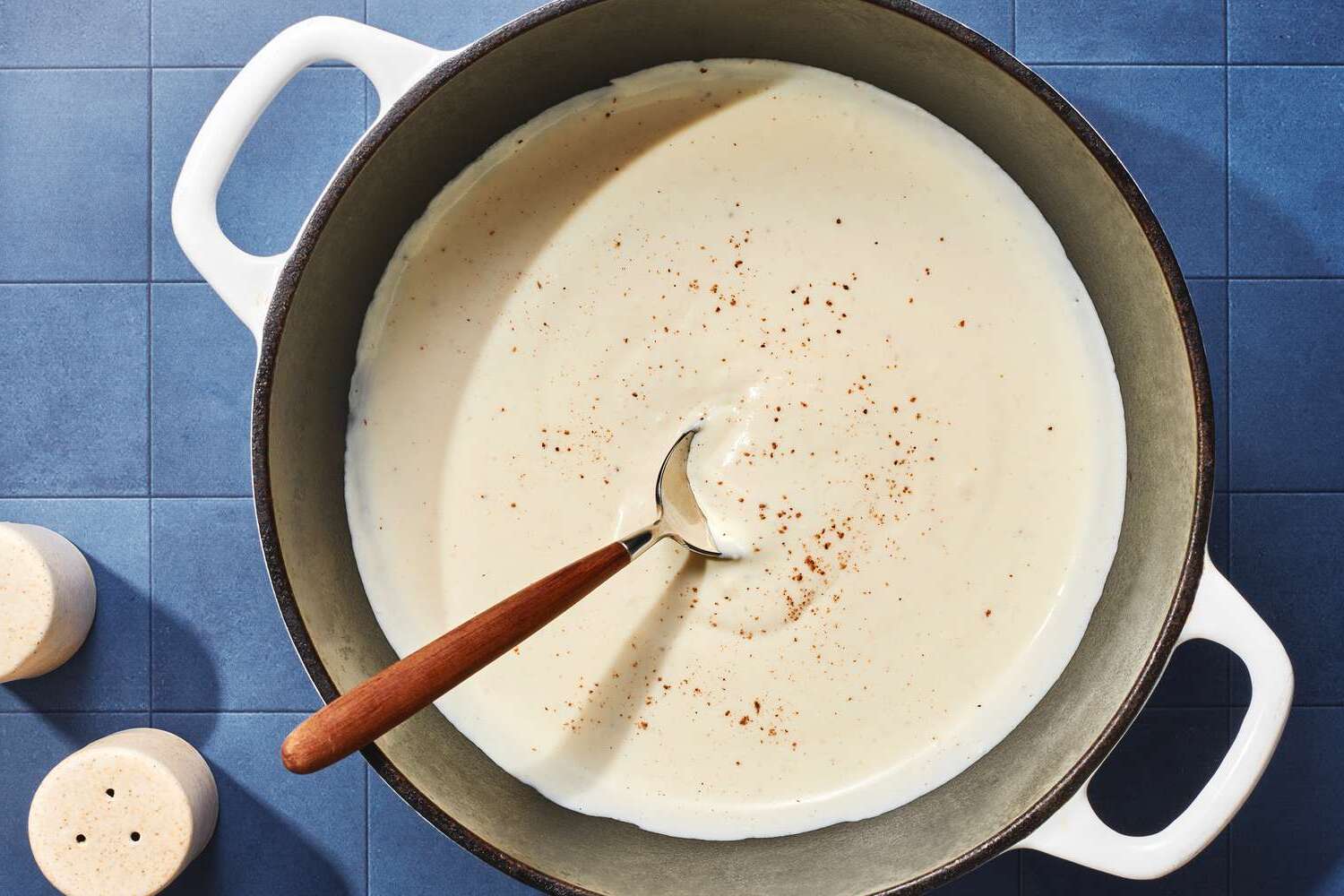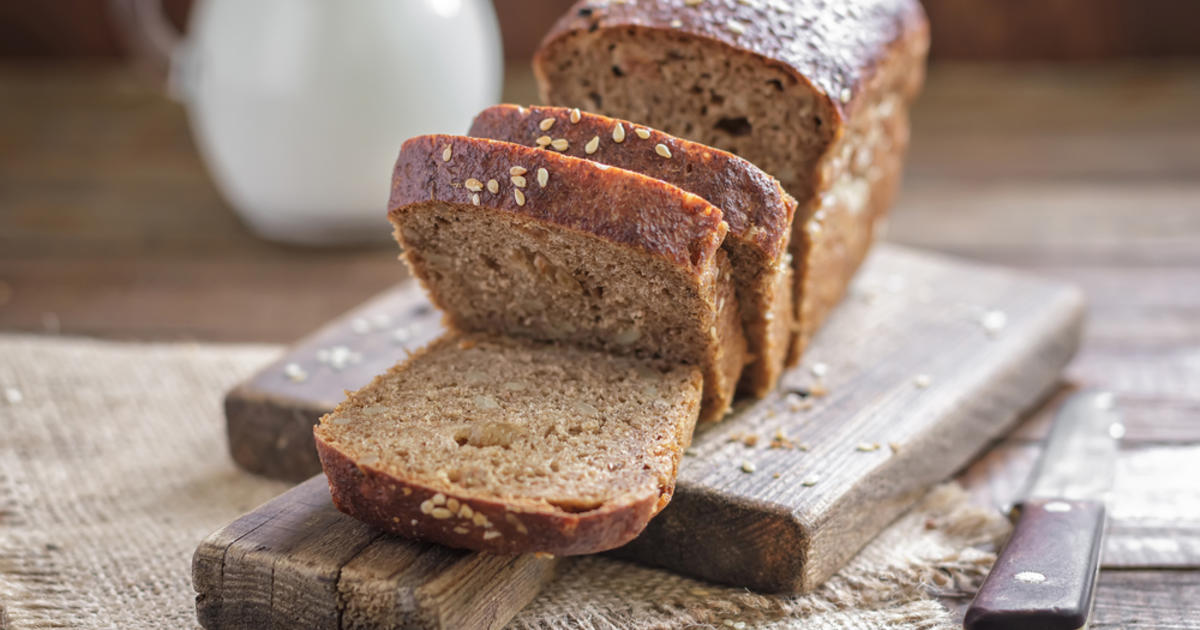Understanding Self-Rising Cornmeal
Self-rising cornmeal is a versatile ingredient that is commonly used in Southern cooking and baking. It is a type of cornmeal that has been mixed with leavening agents, such as baking powder and salt, which allows it to rise when combined with other ingredients. This convenient blend of ingredients makes it a popular choice for making cornbread, muffins, and other baked goods.
Key Characteristics of Self-Rising Cornmeal
Self-rising cornmeal has several key characteristics that set it apart from regular cornmeal:
- Leavening Agents: Unlike traditional cornmeal, self-rising cornmeal contains baking powder and salt, which helps the batter to rise and creates a lighter texture in baked goods.
- Convenience: The inclusion of leavening agents means that you don’t need to add additional baking powder or salt when using self-rising cornmeal, making it a convenient option for quick and easy recipes.
- Texture: Self-rising cornmeal produces a slightly lighter and more tender texture in baked goods compared to regular cornmeal.
Uses of Self-Rising Cornmeal
Self-rising cornmeal is a versatile ingredient that can be used in a variety of recipes. Some popular uses for self-rising cornmeal include:
- Cornbread: Self-rising cornmeal is commonly used to make traditional Southern-style cornbread. The leavening agents in the cornmeal help the bread to rise and create a light, fluffy texture.
- Muffins: Self-rising cornmeal can be used to make delicious corn muffins, which are perfect for serving alongside soups, stews, or chili.
- Breading: Self-rising cornmeal can be used as a coating for frying foods, such as fish, chicken, or vegetables, adding a crispy texture to the dish.
Substituting Self-Rising Cornmeal
If a recipe calls for self-rising cornmeal and you don’t have any on hand, you can easily make a substitute using regular cornmeal, baking powder, and salt. To make your own self-rising cornmeal, simply combine 1 cup of cornmeal with 1 1/2 teaspoons of baking powder and 1/2 teaspoon of salt.
Storing Self-Rising Cornmeal
Like regular cornmeal, self-rising cornmeal should be stored in an airtight container in a cool, dry place. It is important to check the expiration date on the packaging and use it before it expires to ensure the leavening agents remain effective.
Conclusion
Self-rising cornmeal is a convenient and versatile ingredient that is commonly used in Southern cooking and baking. Its inclusion of leavening agents makes it a popular choice for creating light and fluffy cornbread, muffins, and other baked goods. Whether you’re following a traditional recipe or experimenting with your own creations, self-rising cornmeal is a valuable addition to any kitchen pantry.
Was this page helpful?
Read Next: What Is The Salsify Plant?

